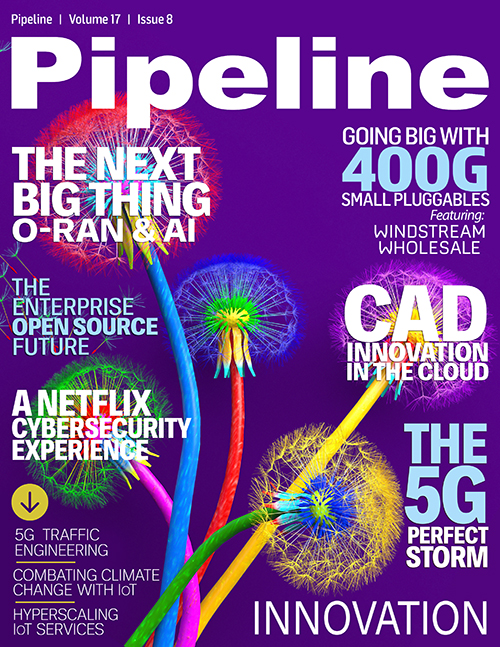Combating Climate Change with IoT
The necessity of innovation
The current generations of public pollution monitoring stations, which are already too cost-prohibitive for widespread deployment, simply aren’t effective enough to provide a complete picture and hence to make a real impact. A low-cost alternative is critical for improving public health—even if this alternative could potentially sacrifice some accuracy in individual pollution readings in favor of overall geographical density and frequent reporting. This monitoring network would produce a wealth of insights into how pollution moves, evolves, and responds to weather, rerouting of road traffic, changes to speed limits and other factors. It would enable local authorities to make informed decisions and perform “what-if” experiments to improve air quality within a given area. Companies such as heavy construction firms, which must monitor their operations’ effect on local populations, would also benefit from such a system.
In the UK alone, nitrogen dioxide poisoning contributes to the death of an estimated 40,000 people every year, and nearly 40 million people overall live in areas where vehicle emissions are high enough to damage their health. There’s an economic price to pay as well, around £20 billion every year. The push for more and better public air-pollution monitoring stations has led to a partnership between Telit and TerOpta to help to minimize air pollution in the UK.
The partnership has produced a cloud-connected air-quality sensing system that is tightly integrated with a cloud-based artificial intelligence (AI) system. This enables applications such as pollution mapping and prediction, created as part of the UK government-funded Real-Time Emission Visualization (REVIS) project. The project also uses satellite navigation technology to help consumers map travel routes that create and experience the least pollution. It can even monitor noise pollution and identify the traffic types and road speed creating pollution.
Of course, the primary purpose for gathering this information is to make sure it can be properly collected, analyzed and ultimately used to make data-driven decisions and policies that can help stem the tide of pollution and climate change. Another goal is to provide local authorities with actionable insights that were previously unavailable to them, enabling them to make faster progress in meeting air quality directives. To this end, the TerOpta system is also currently being trialed with a large construction company and is expected to significantly improve its mandatory pollution monitoring.
Looking to the future, vehicle emissions and air quality are increasingly becoming part of larger smart city initiatives, enabled by new IoT technologies and solutions. Transportation is the largest contributor to CO2 emissions, of which road traffic accounts for about 80 percent of vehicle pollution. Making matters worse, the percentage of the world’s population living in cities is expected to grow to nearly 70 percent by 2050. To combat emissions and climate change, city planners have sought solutions to improve traffic management, reduce congestion, lessen commute times, and decrease the amount of time overall that vehicles are in operation on roadways.
Many of today’s solutions either don’t provide the highly granular, real-time data needed to address vehicle air pollution, or high-quality sensors are too expensive for widespread deployment. However, using cost-effective, innovative new IoT integrations to monitor and even anticipate unhealthy levels of pollution, we can look forward to a future where we can confront climate change on a truly global scale.



















